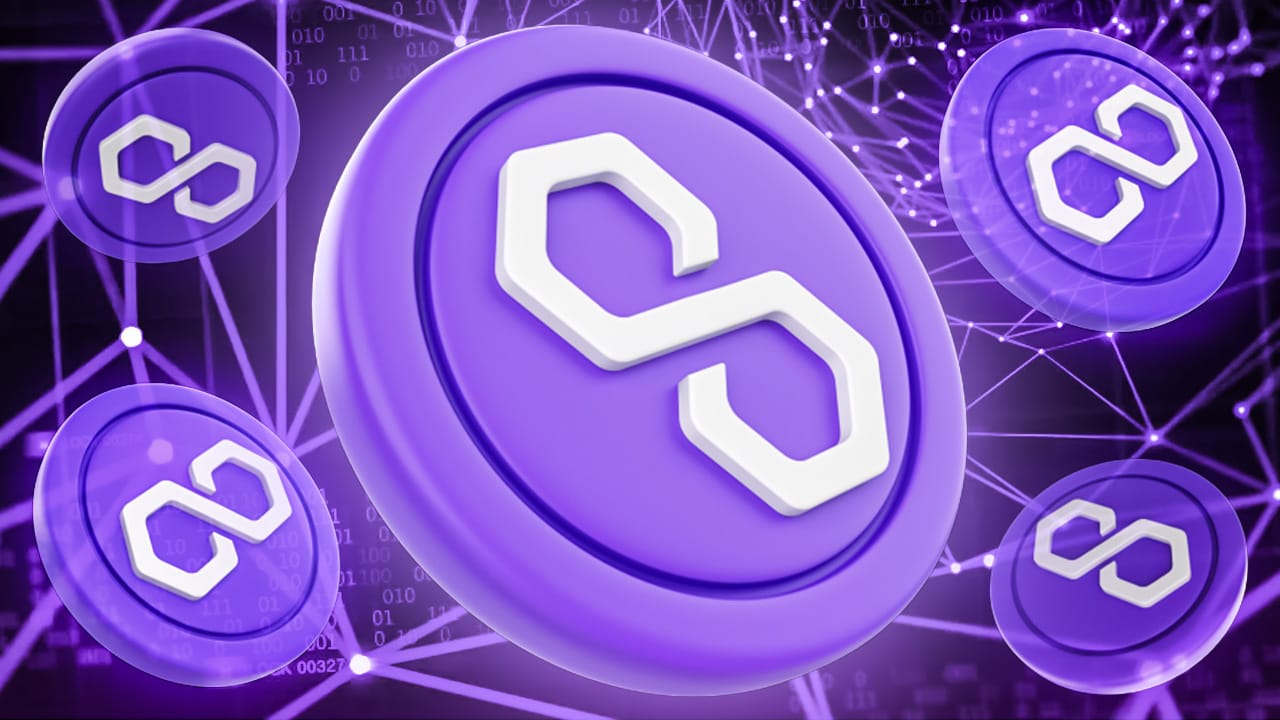As blockchain technology evolves, scalability and high transaction costs remain significant challenges, particularly for Ethereum. Despite being one of the most popular blockchain platforms for decentralized applications (dApps), Ethereum often faces congestion, resulting in slow transaction speeds and high gas fees. This is where Polygon (formerly Matic Network) comes in.
Polygon is a Layer 2 scaling solution designed to improve Ethereum’s scalability while reducing transaction costs. It has become a popular choice for developers and users who want to experience faster and cheaper transactions without sacrificing Ethereum’s security and decentralization. In this article, we will explore what Polygon is, its key uses, and how to buy MATIC, the native cryptocurrency of the Polygon network.
What is Polygon?
Polygon is a scalability platform that enhances Ethereum’s performance by providing a framework for building and connecting blockchain networks. It allows developers to create scalable, user-friendly dApps with low transaction fees and enhanced security.
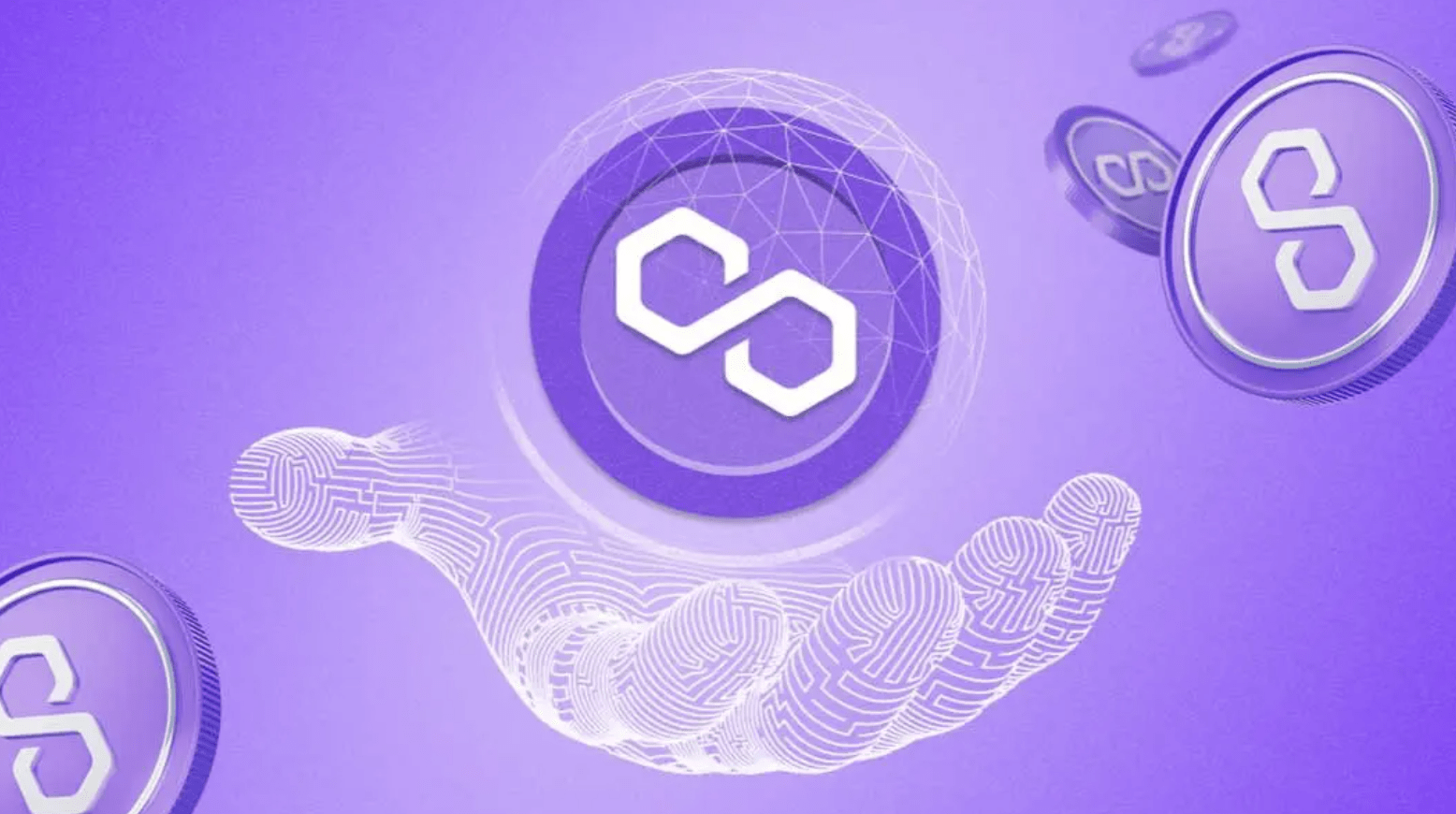
Key Features
- Layer 2 Scaling Solution – Polygon operates as a Layer 2 network, which means it builds on top of Ethereum rather than replacing it. This helps in processing transactions off-chain while maintaining security via Ethereum’s main chain.
- High Throughput – It can process thousands of transactions per second, making it significantly faster than Ethereum.
- Lower Gas Fees – By moving transactions off Ethereum’s main chain, Polygon helps users save on gas fees, making micro-transactions feasible.
- Interoperability – It connects various blockchain networks, allowing seamless interaction between Ethereum and other blockchains.
- Security – It benefits from Ethereum’s security while providing additional security layers through its PoS (Proof-of-Stake) consensus mechanism.
Polygon aims to create an Internet of Blockchains by providing developers with tools to build custom networks that can interact with Ethereum and other blockchains seamlessly.
What is Polygon used for?
Polygon is widely adopted across multiple industries and use cases. Below are some of the most common applications of Polygon:
1. Scaling Ethereum
Ethereum is known for its congestion issues, which often lead to slow transactions and high fees. Polygon provides an effective scaling solution by processing transactions off-chain before settling them on Ethereum, reducing congestion and improving efficiency.
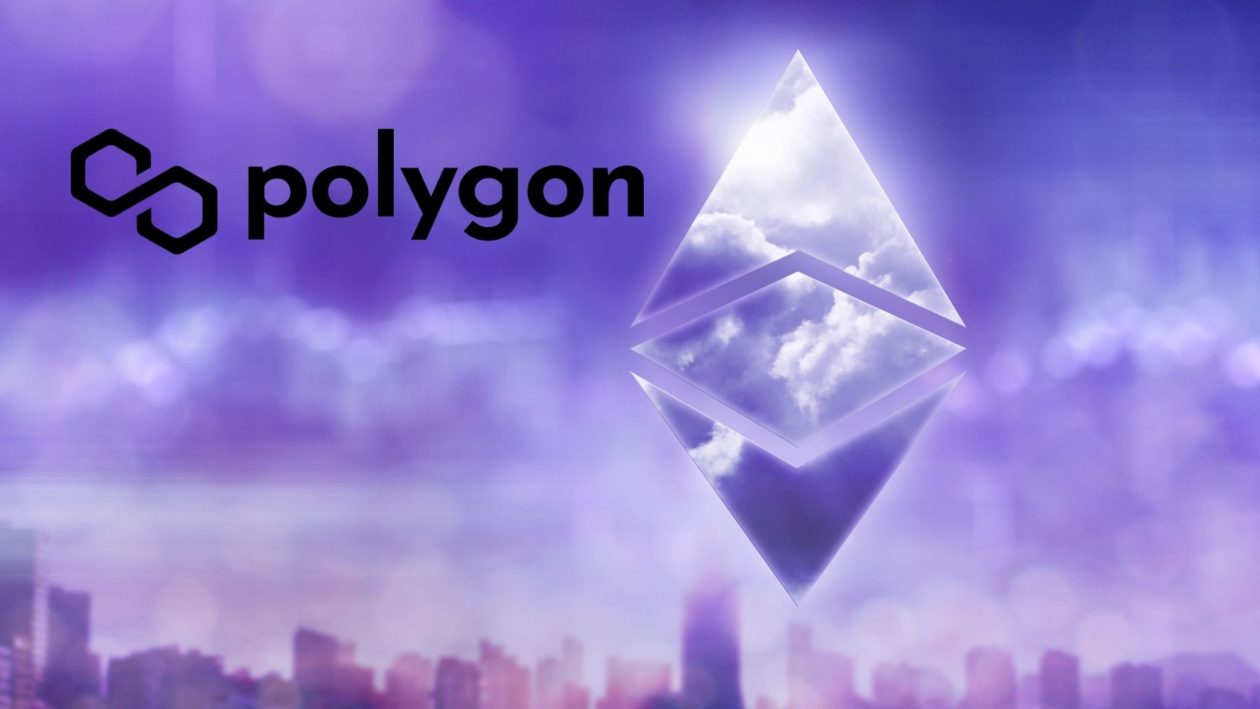
2. Decentralized Applications (dApps)
Many developers use Polygon to build dApps that require fast and cost-effective transactions. Some of the popular dApps running on Polygon include:
- Aave (DeFi Lending Protocol): Aave has integrated to offer lower transaction fees for lending and borrowing.
- OpenSea (NFT Marketplace): allows users to buy and sell NFTs with lower gas fees compared to Ethereum.
- Decentraland (Virtual World): A blockchain-based virtual world where users can buy, sell, and build on virtual land.
3. Interoperability between blockchains
Polygon acts as a bridge between Ethereum and other blockchain networks, allowing assets and data to move seamlessly across different blockchains.
4. Enterprise and institutional adoption
Many businesses and institutions have started adopting Polygon for their blockchain needs. Some key examples include:
- JPMorgan: Using MATIC for decentralized finance (DeFi) applications.
- Adobe: Integrating Polygon for NFT creation and verification.
- Instagram (Meta): Using to enable digital collectible features for content creators.
How to buy MATIC
MATIC is the native cryptocurrency of the Polygon network, used for transactions, staking, and governance. If you are interested in buying MATIC, follow this step-by-step guide.
Step 1: Choose a cryptocurrency exchange
To buy MATIC, you need to use a cryptocurrency exchange that supports it. Some of the most popular exchanges where you can buy MATIC include the following:
- Binance
- Coinbase
- Kraken
- KuCoin
- Huobi
Ensure that you choose an exchange based on factors like fees, security, and available payment methods.
Step 2: Create and verify your account
To start trading on a crypto exchange, you must create an account and go through a Know Your Customer (KYC) verification process. This typically involves:
- Providing an email and password.
- Verifying your identity using a government-issued ID.
- Setting up two-factor authentication (2FA) for security.
>> Click [HERE] to Join the Best KYC Event
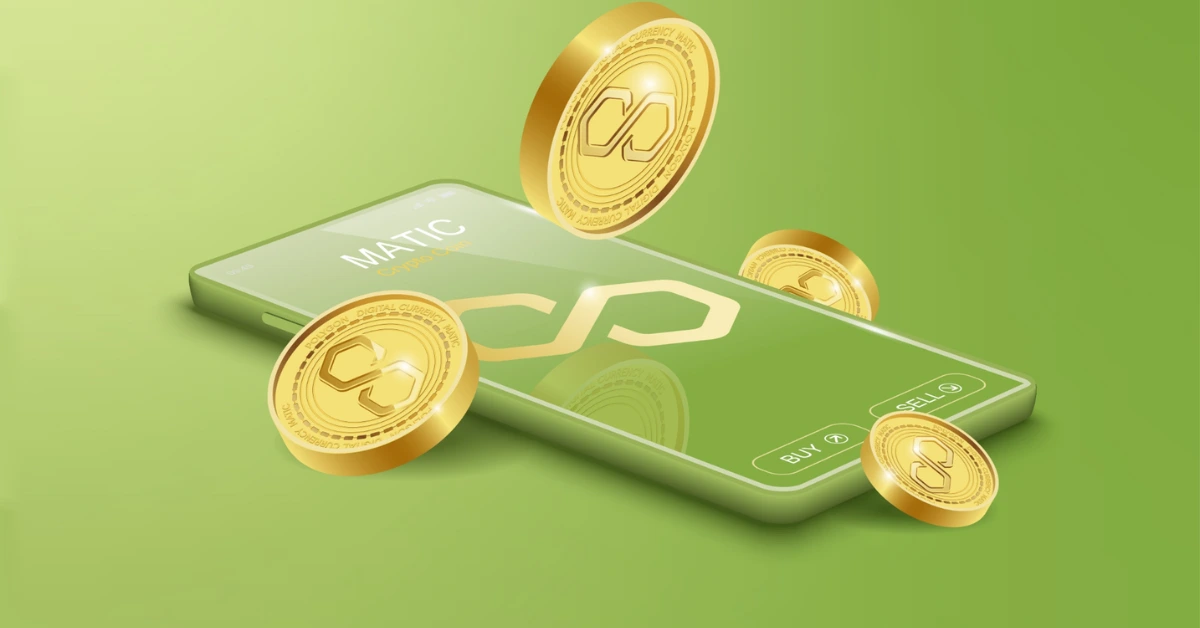
Step 3: Deposit funds into your account
Before purchasing MATIC, you need to fund your exchange account. Most exchanges offer the following payment methods:
- Bank Transfer (ACH, SEPA, Wire Transfer)
- Credit/Debit Card
- Cryptocurrency Deposit (BTC, ETH, USDT, etc.)
Choose the method that best suits your needs, keeping in mind any transaction fees that may apply.
Step 4: Buy MATIC
Once your account is funded, you can proceed to buy MATIC. Most exchanges offer the following order types:
- Market Order: Instantly buy MATIC at the current market price.
- Limit Order: Set a price at which you want to buy MATIC; the order will execute when the price reaches your target.
Confirm the order, and once it is processed, the MATIC tokens will appear in your exchange wallet.
Step 5: Store your MATIC safely
After purchasing MATIC, it is crucial to store it securely. There are multiple storage options:
Exchange Wallet
- Convenient but less secure since exchanges can be vulnerable to hacks.
Software Wallets (Hot Wallets)
- Examples: MetaMask, Trust Wallet
- More secure than exchange wallets but still connected to the internet.
Hardware Wallets (Cold Wallets)
- Examples: Ledger Nano X, Trezor
- Most secure option as they keep your assets offline, making them less vulnerable to hacking.
How to Buy MATIC in India
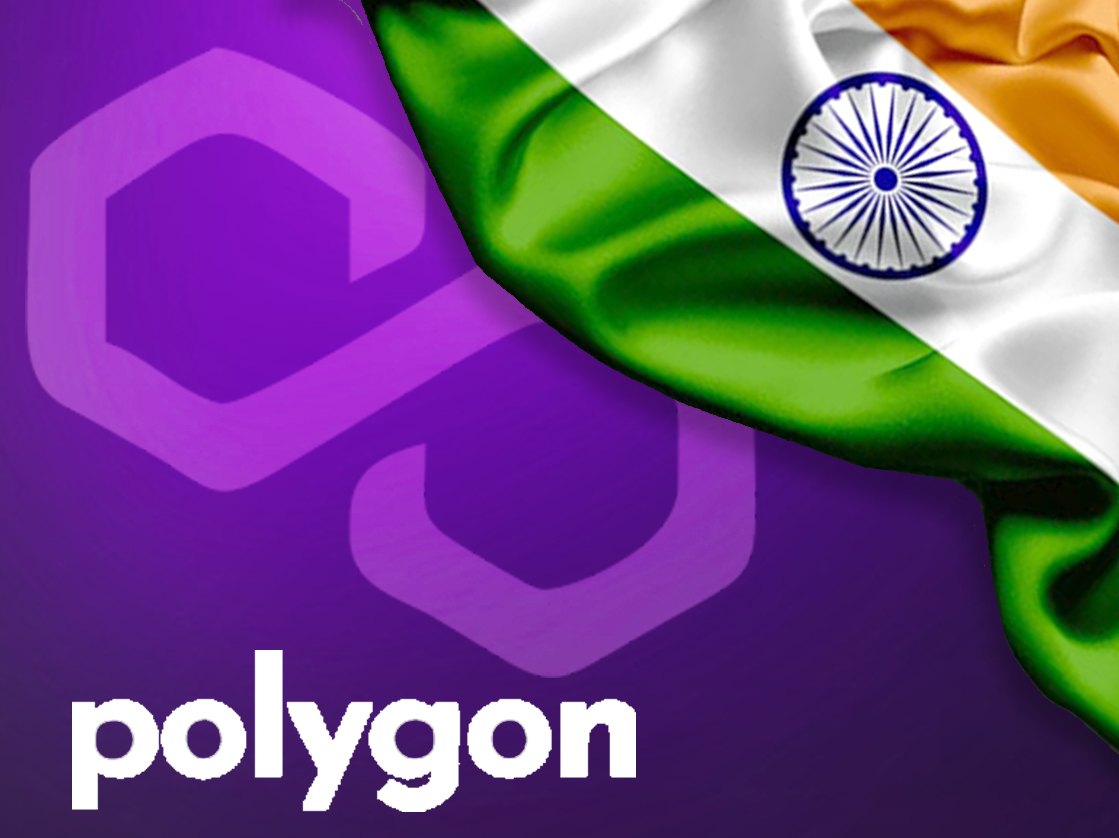
Buying MATIC in India is straightforward, with several local and global exchanges offering support for the token. Follow these steps to purchase MATIC in India:
Step 1: Choose a Cryptocurrency Exchange
Some popular cryptocurrency exchanges available in India that support MATIC include:
- WazirX
- CoinDCX
- ZebPay
- Binance (accessible in India)
- CoinSwitch Kuber
Step 2: Create and Verify Your Account
To trade on an exchange, you need to:
- Register with your email and phone number.
- Complete Know Your Customer (KYC) verification by submitting Aadhaar, PAN card, or other government-issued ID.
- Enable two-factor authentication (2FA) for added security.
Step 3: Deposit Funds into Your Account
You can fund your account using:
- Bank Transfer (IMPS, NEFT, RTGS)
- UPI Payment (Google Pay, PhonePe, Paytm, etc.)
- Credit/Debit Cards (Available on some platforms)
Step 4: Buy MATIC
- Navigate to the MATIC/INR trading pair.
- Choose between a Market Order (instant purchase at the current price) or a Limit Order (set a price at which you want to buy).
- Confirm the transaction, and the MATIC tokens will be added to your exchange wallet.
Step 5: Secure Your MATIC
For added security, transfer your MATIC to a private wallet:
- Software Wallets: MetaMask, Trust Wallet
- Hardware Wallets: Ledger Nano X, Trezor
By following these steps, you can successfully buy and store MATIC in India.
Conclusion
Polygon has emerged as one of the most promising solutions for Ethereum’s scalability issues. By offering faster transactions, lower gas fees, and interoperability, it has gained significant traction in the blockchain ecosystem. Whether you are a developer, an investor, or simply curious about blockchain technology, understanding Polygon and MATIC is essential in today’s rapidly evolving crypto space.
If you are interested in buying MATIC, ensure that you choose a reputable exchange, follow security best practices, and store your assets safely. As blockchain technology continues to advance, Polygon is likely to play a crucial role in shaping the future of decentralized applications and finance.

